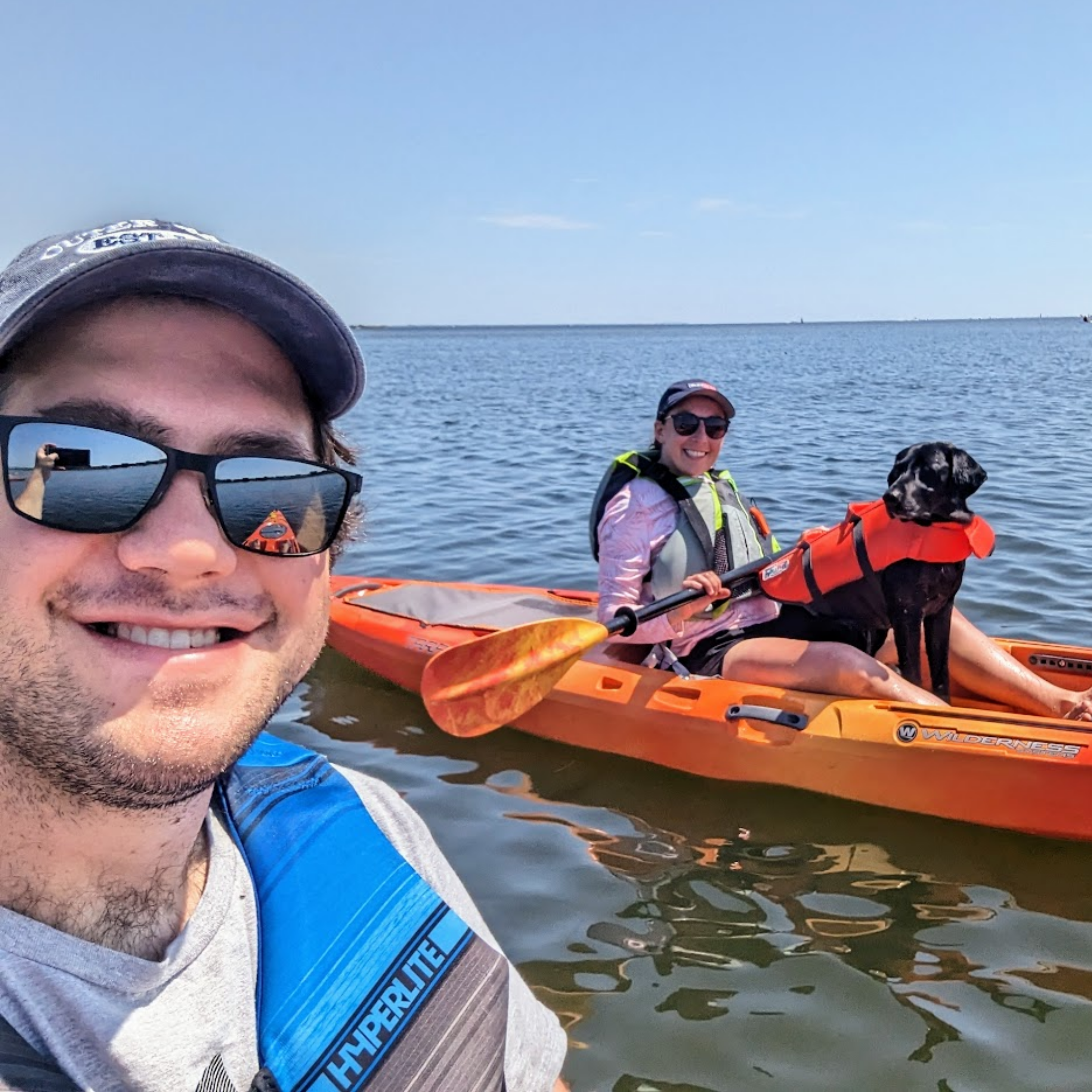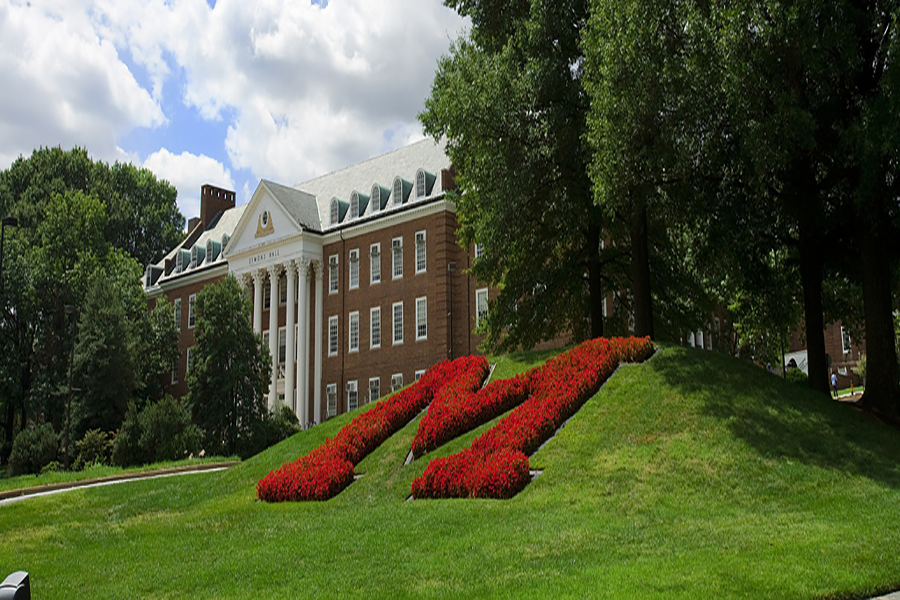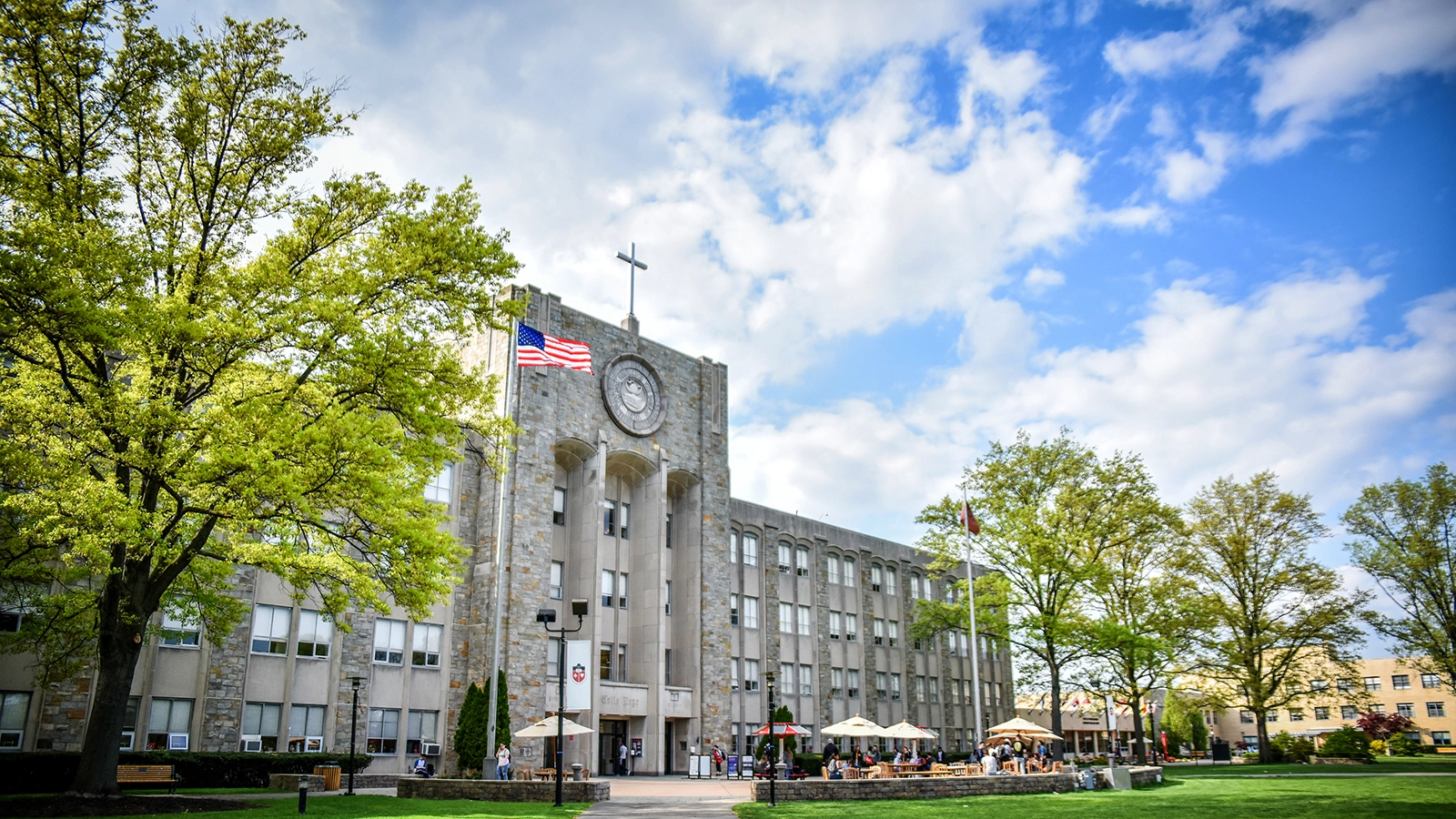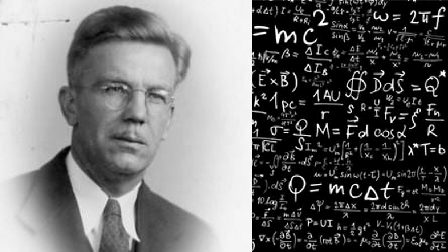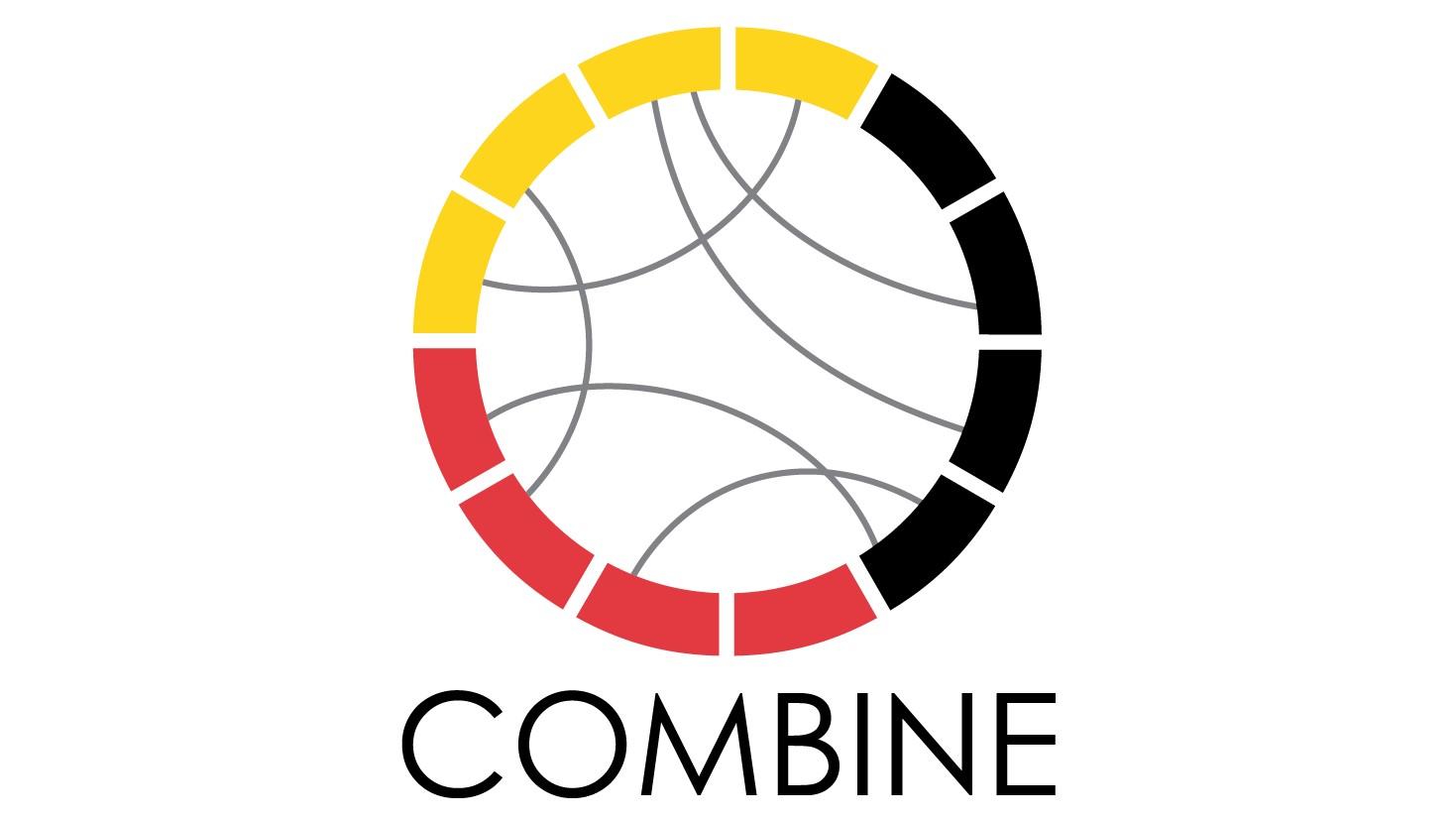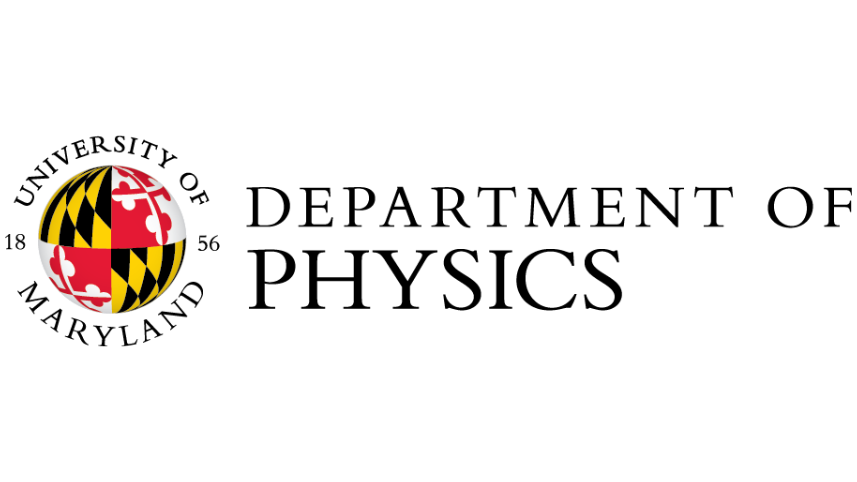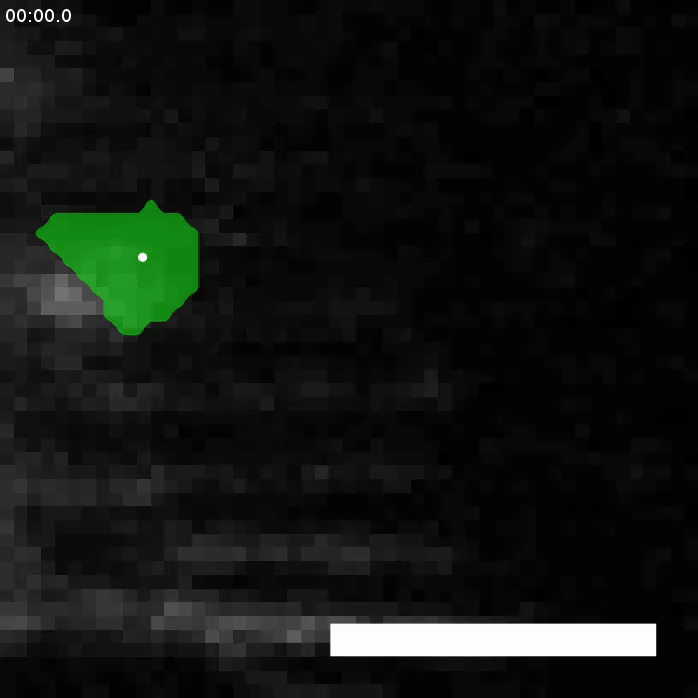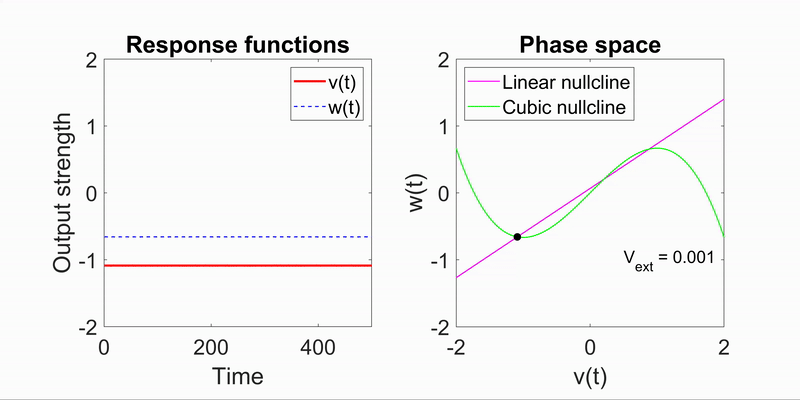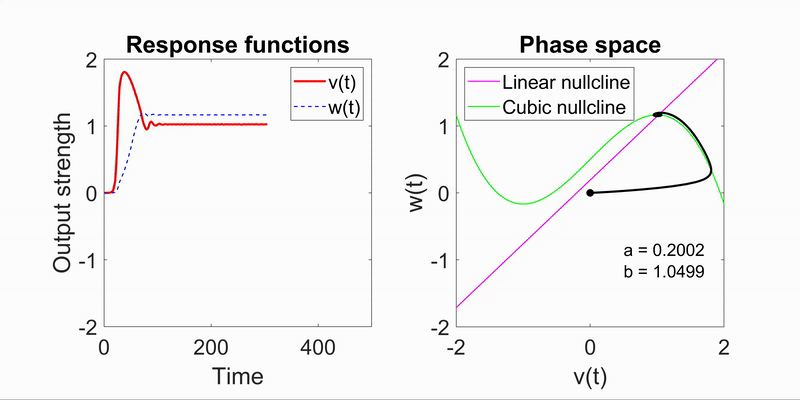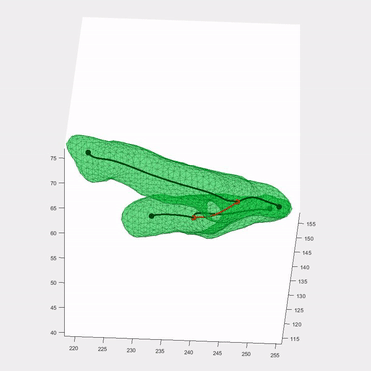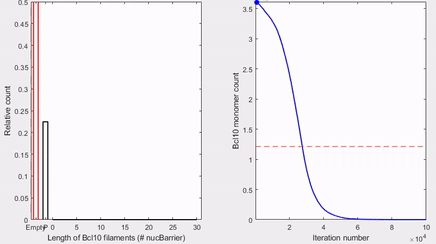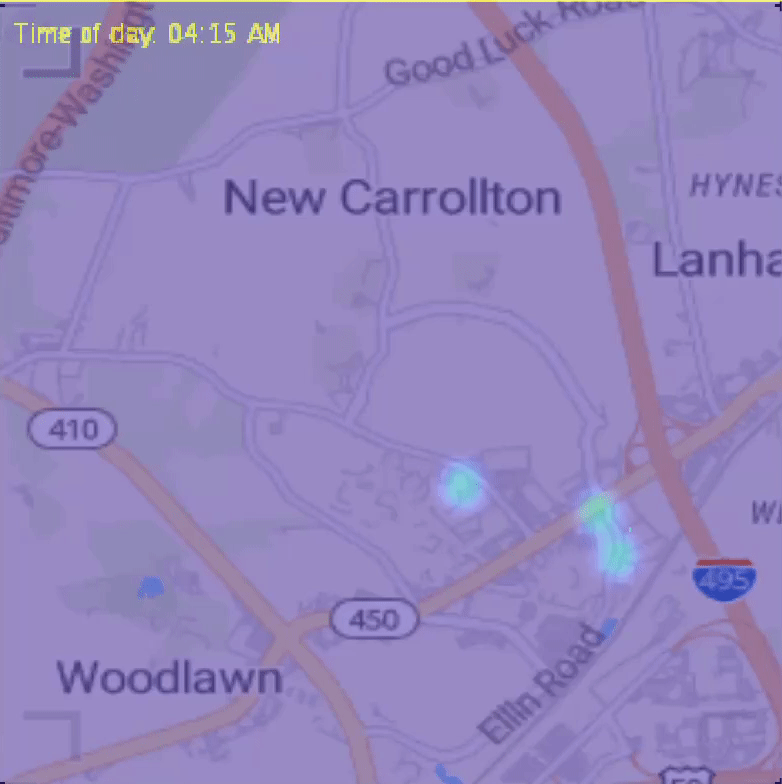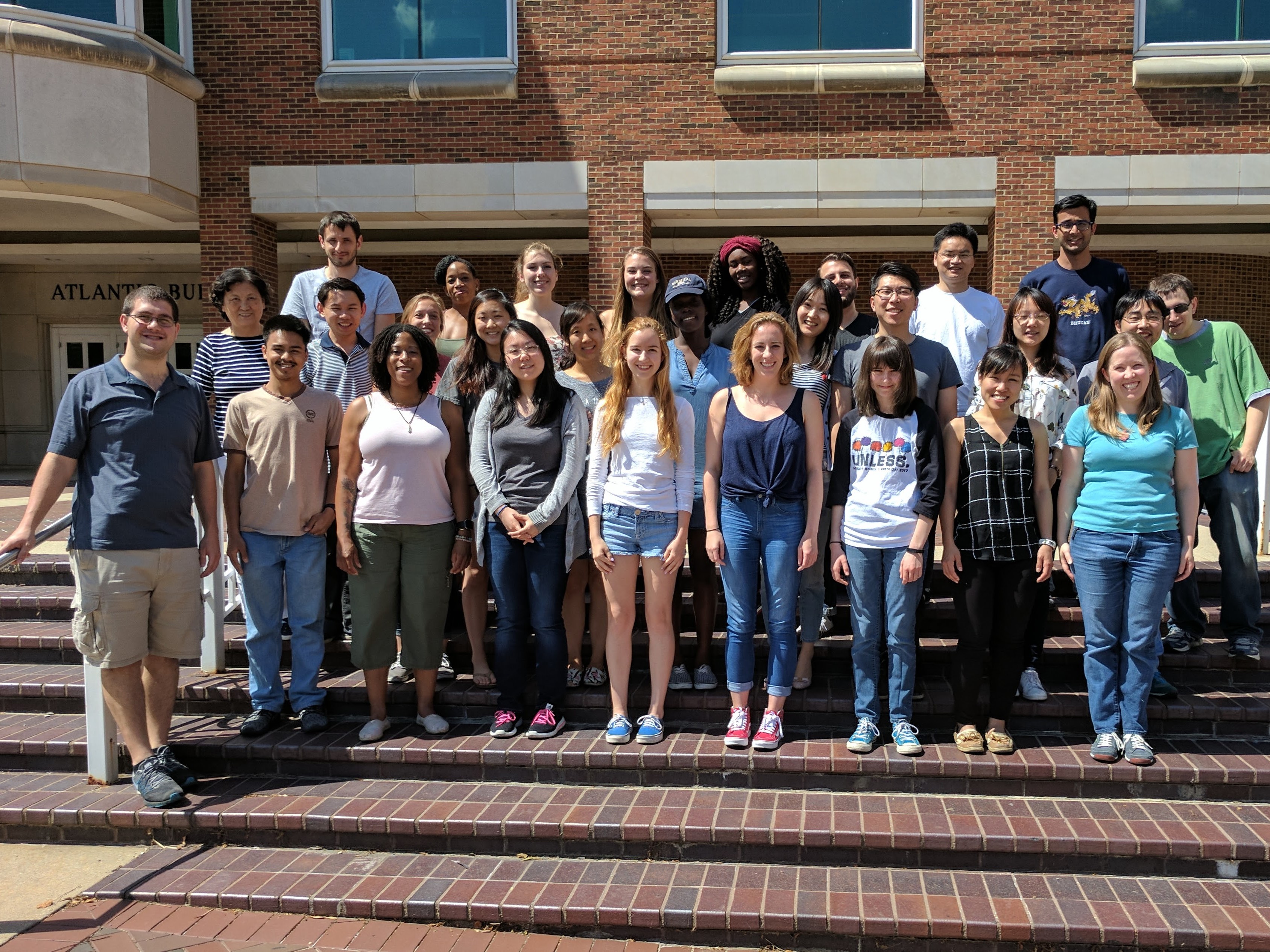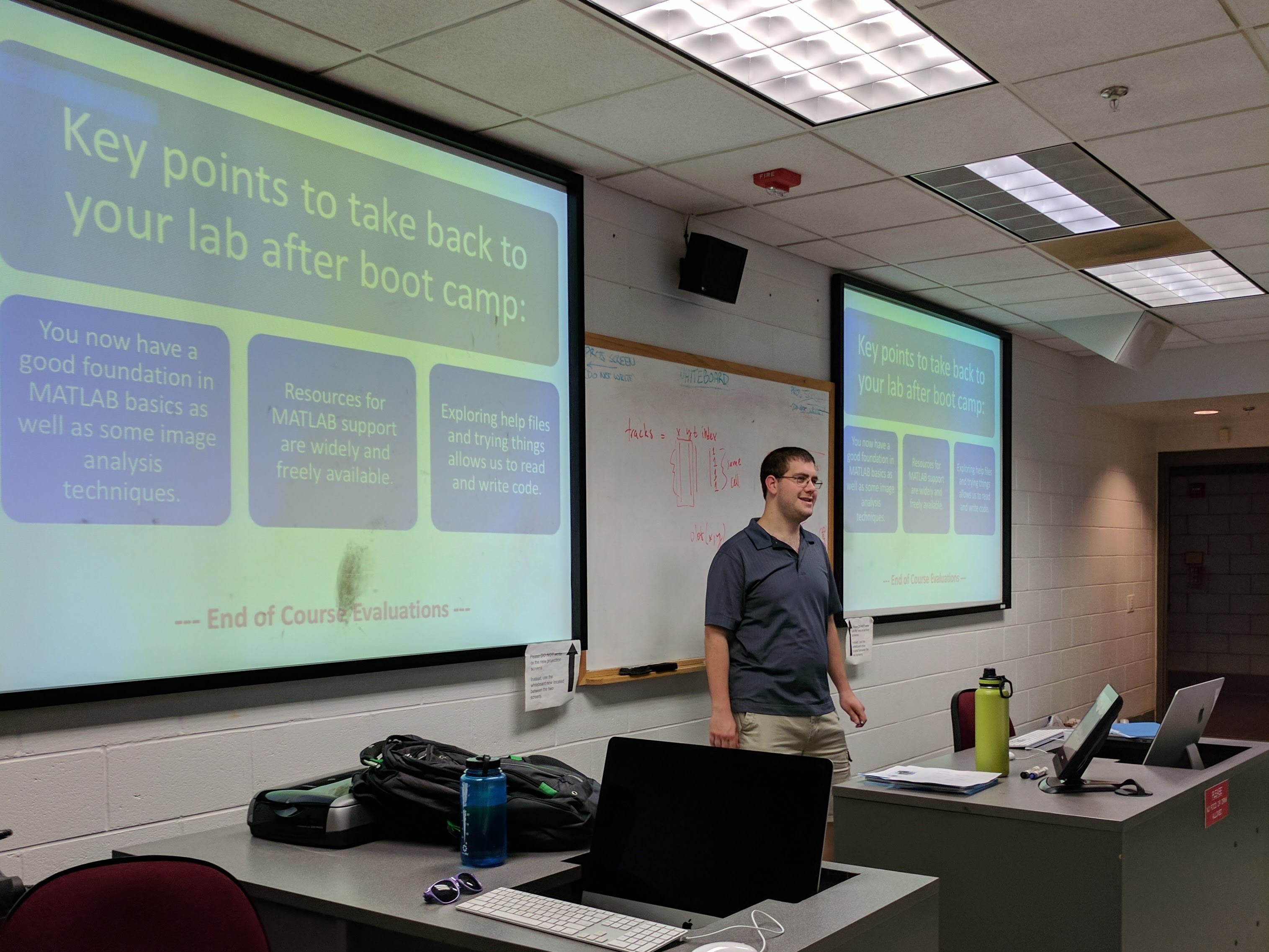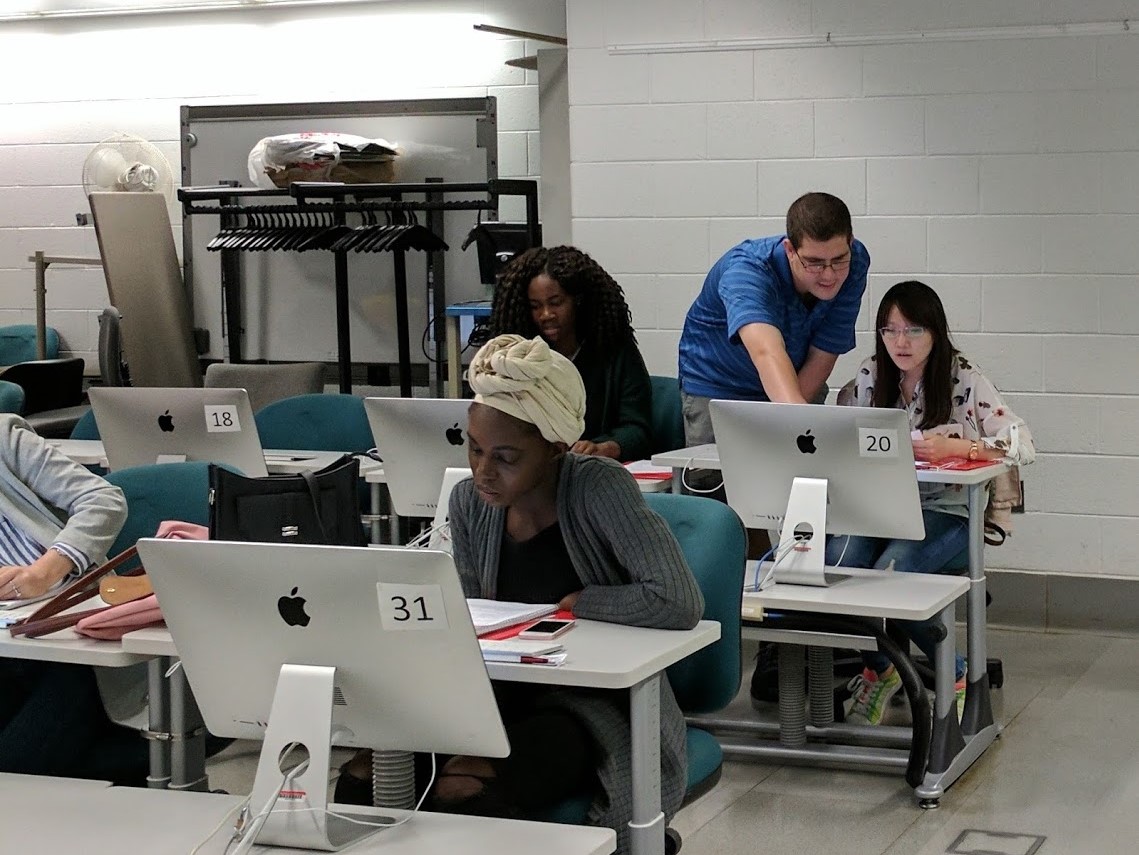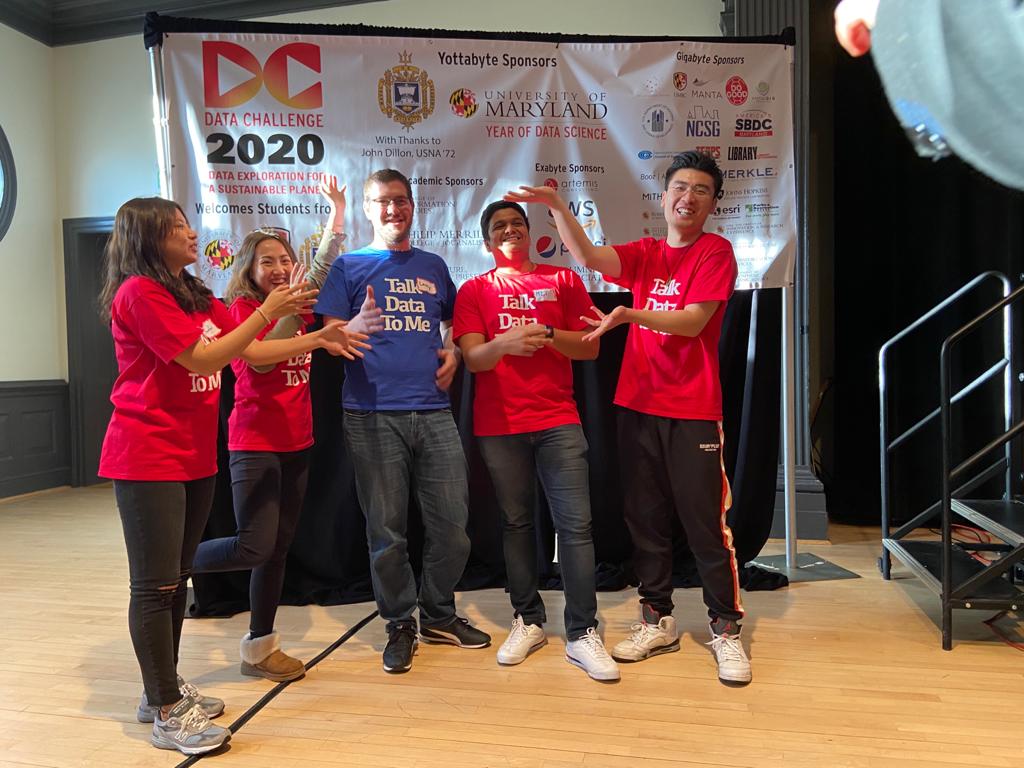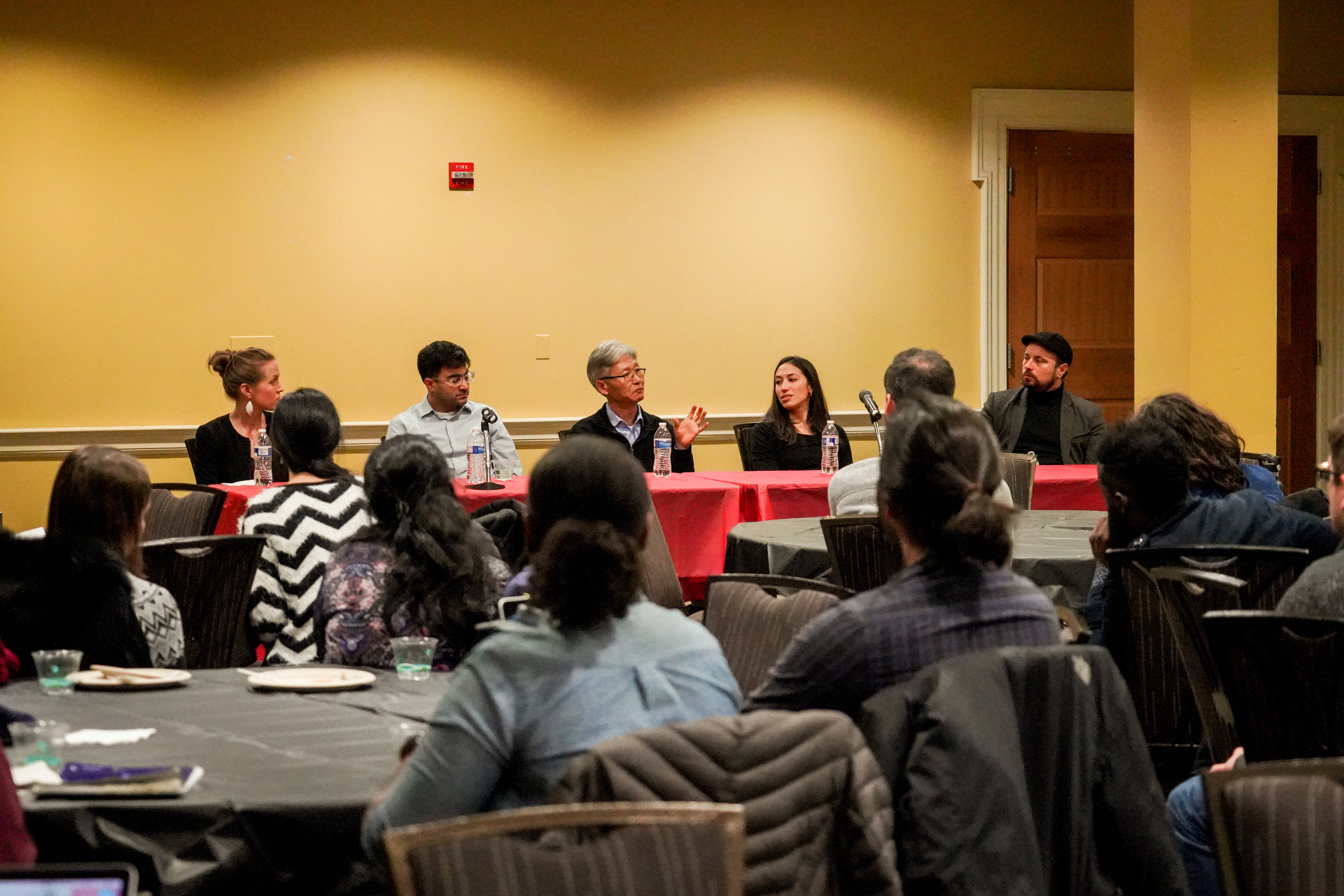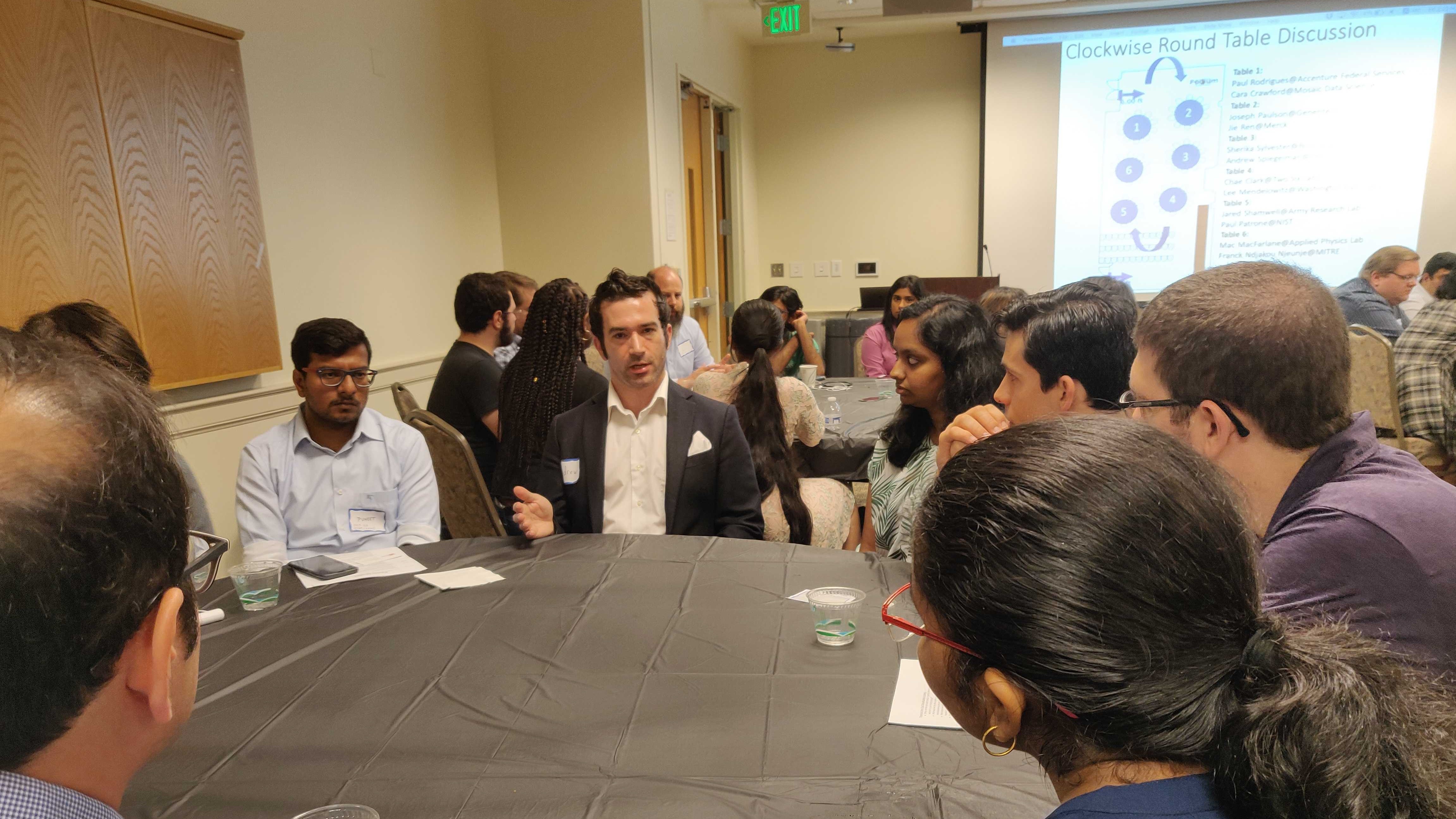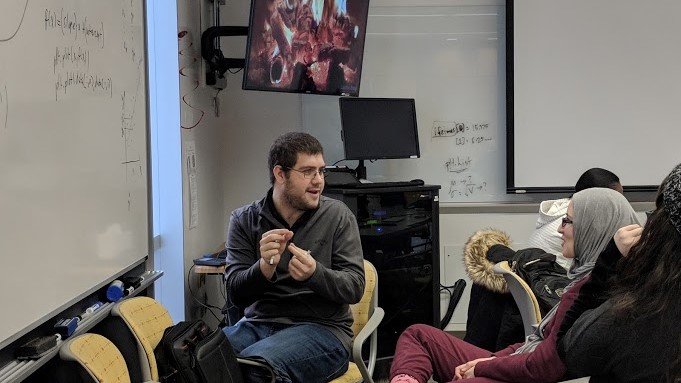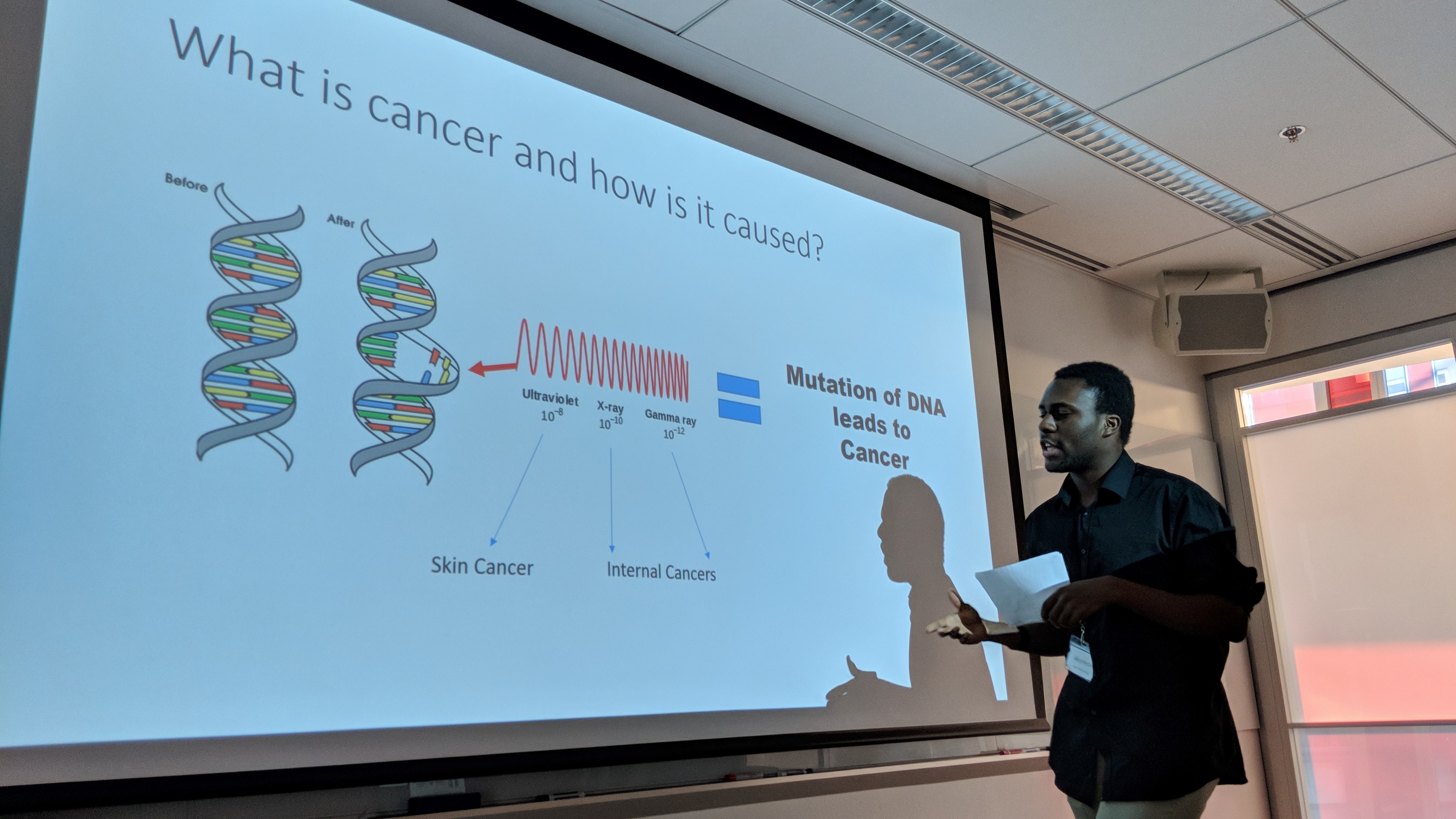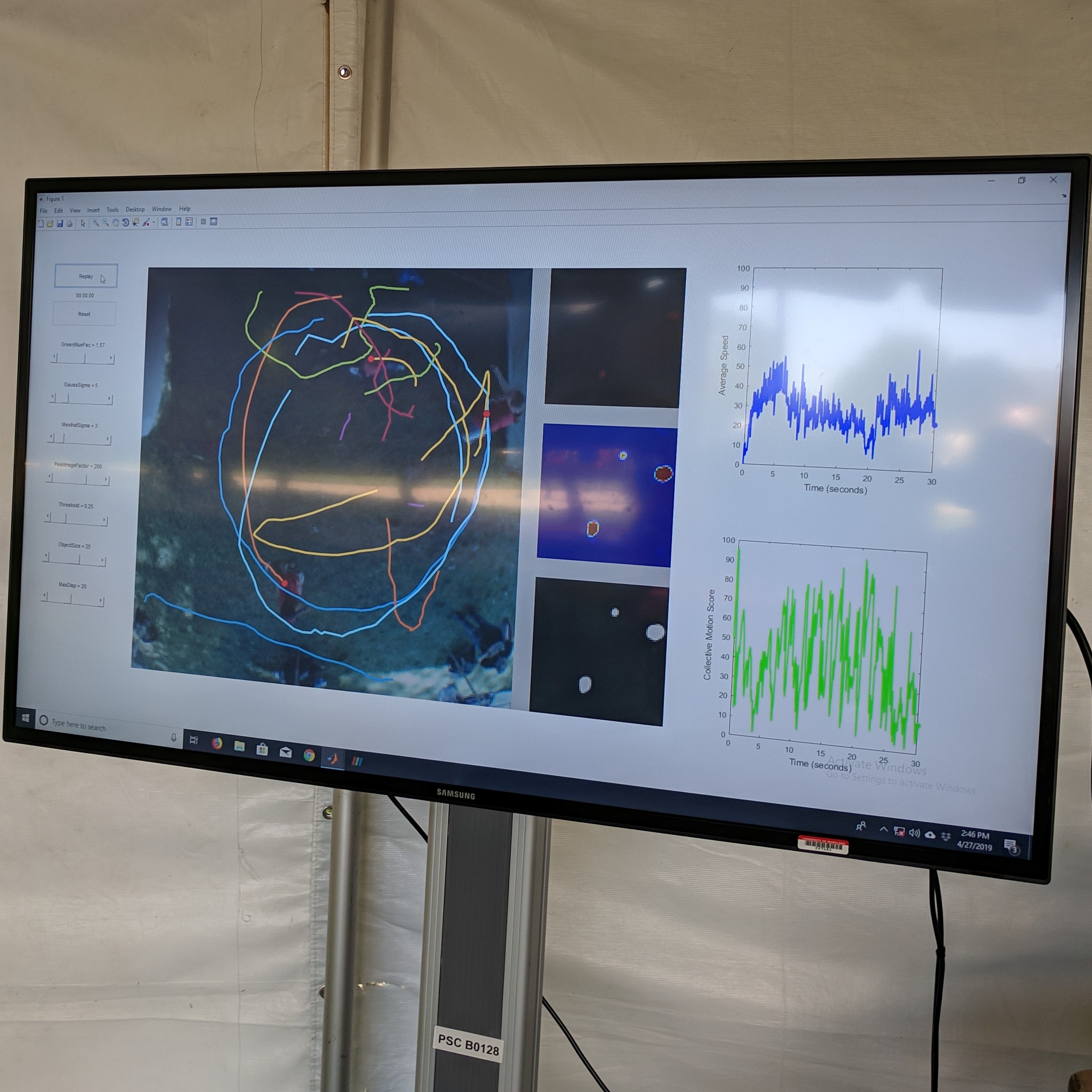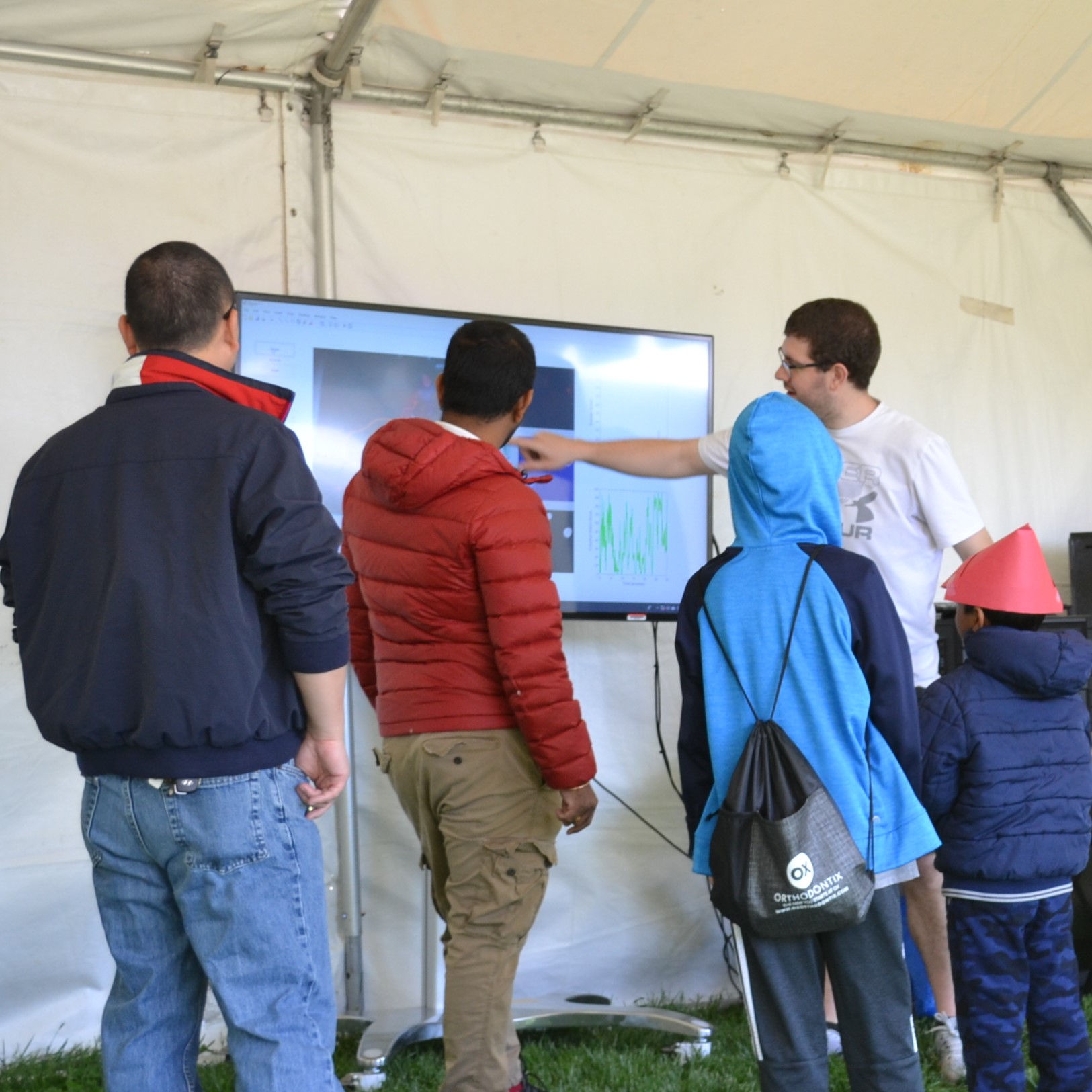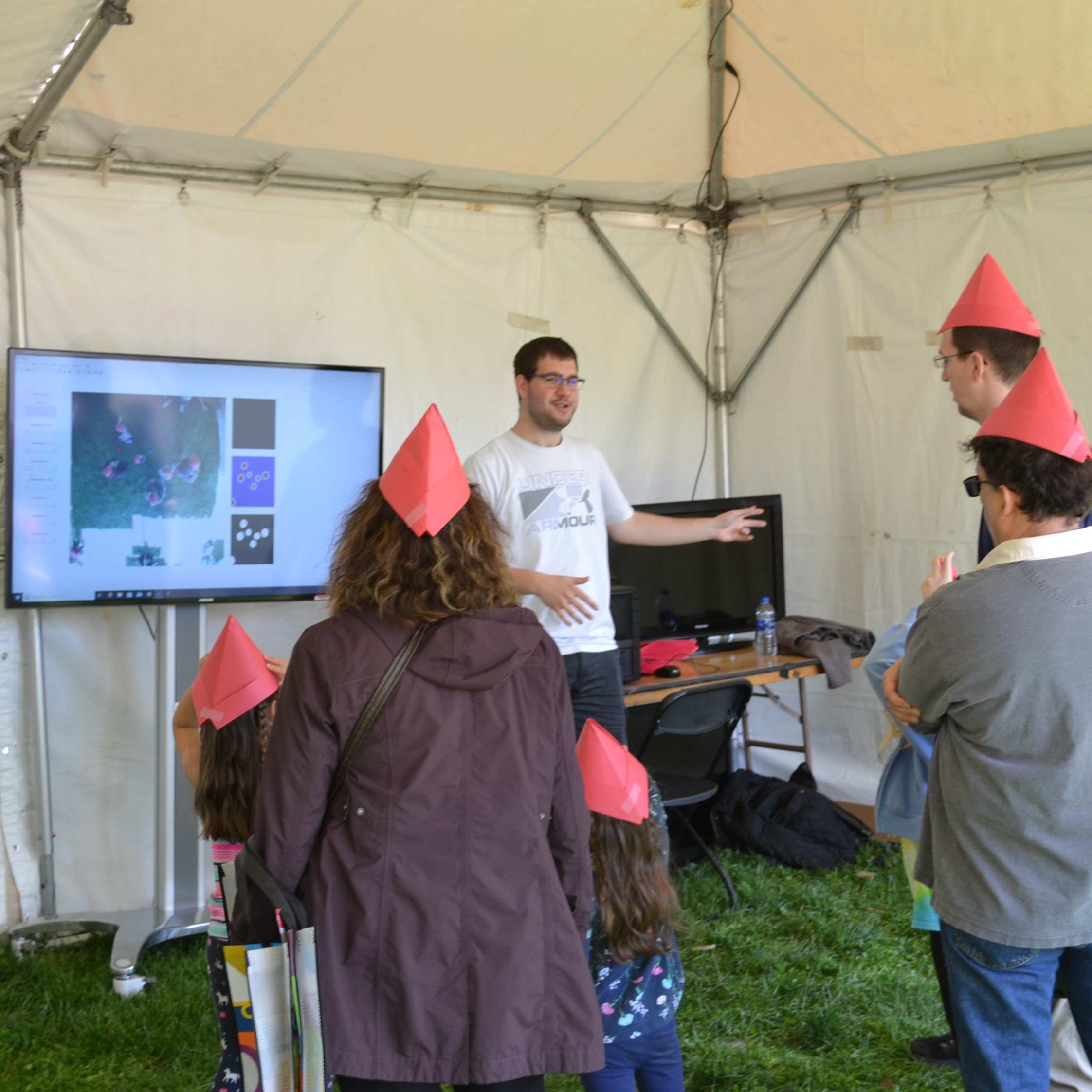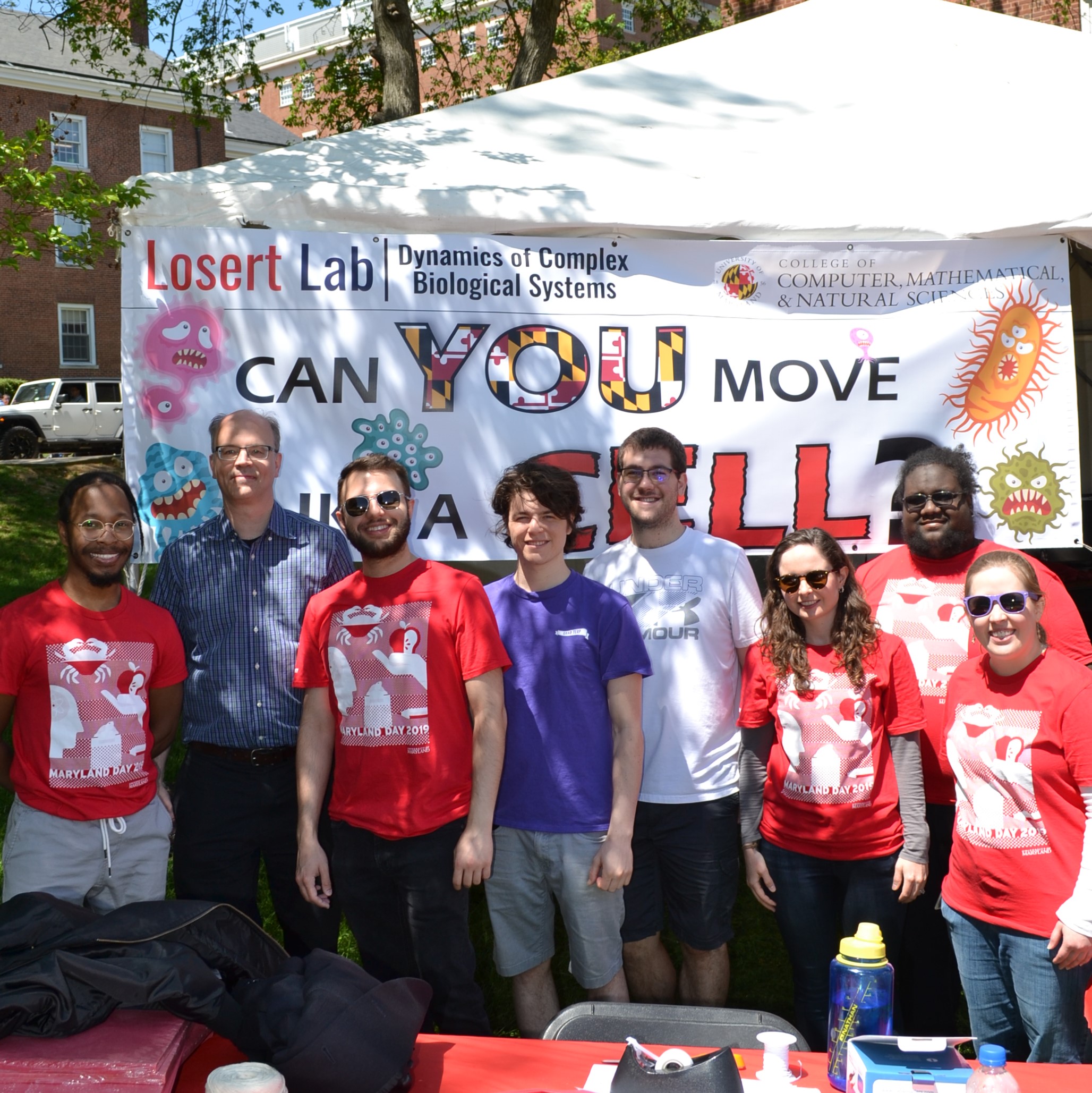Modeling Flow-Field Dynamics in Biological Systems
Optical flow measurements enable a wide variety of technology, from facial recognition to self-driving cars. In this project, I designed an optical-flow-based pipeline to quantify flow-field dynamics in biological systems.
By applying my algorithm to microscope images, I obtained measurements for things like speed and directionality in a variety of cell types. I then built a model of these flow fields with a bimodal mixed von-Mises distribution to parameterize the effect of external forces on the cells.
This algorithm was introduced in Lee*, Campanello*, at al. MBoC 2020 (preprint and manuscript) and will be featured in several upcoming publications.
The original MATLAB code for the MBoC manuscript can be found on github at github.com/LosertLab/FlowClusterTracking, and the updated version at github.com/ljcamp1624/FlowClusterTracking.
Key concepts: computer vision, optimization, modeling, maximum-likelihood estimation, data visualization, time-series analysis.
